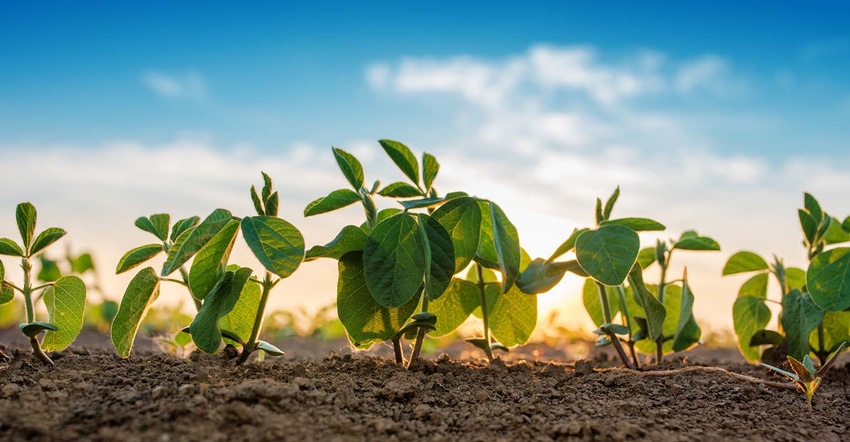January 11, 2018

High oleic soybeans have crossed their final regulatory hurdle, clearing the way for farmers to plant more acres of high oleic soybeans in 2018.
“Achieving high oleic global regulatory approval enables us to meet end-user needs with a product they want and increase the use of U.S. soybean oil,” says Lewis Bainbridge, United Soybean Board chair and farmer from Ethan, South Dakota. “We encourage farmers to talk with their seed representatives about high oleic soybean variety options for 2018 planting to help keep pace with growing demand for this high-functioning oil.”
The soy checkoff has invested in research to ensure that high oleic soybeans deliver the qualities required by oil end users. These varieties produce a more stable oil for food industry use in restaurants and packaged goods. The oil also expands uses for non-food applications, such as synthetic motor oil and automotive lubricants.
For farmers, checkoff-supported research has helped ensure that high oleic soybeans perform the same as other soybean varieties and that variety development expanded to a wider range of maturity groups.
“For high oleic soybeans to be successful, we can’t sacrifice performance in the field or limit the geographies where they are grown,” says Bainbridge. “Farmers who plant high oleic soybean varieties consistently report that their high oleic varieties yield as well or better than their other soybean varieties.”
In order for end users to convert to high oleic soybean oil, they need a reliable, consistent supply. The checkoff has been working with industry partners to ramp up acreage of high oleic soybean varieties to meet growing demand. High oleic soybean varieties were initially grown in three states and are now grown in 13 states. Acreage of high oleic soybean varieties has grown from 50,000 acres in 2013 to more than 625,000 acres in 2017.
Given this regulatory milestone, its proven performance and anticipated continued growth in market demand, high oleic soybeans are expected to become the fourth-largest grain and oilseed crop in the U.S., with a goal of planting 18 million acres of high oleic soybeans.
Source: United Soybean Board
You May Also Like




